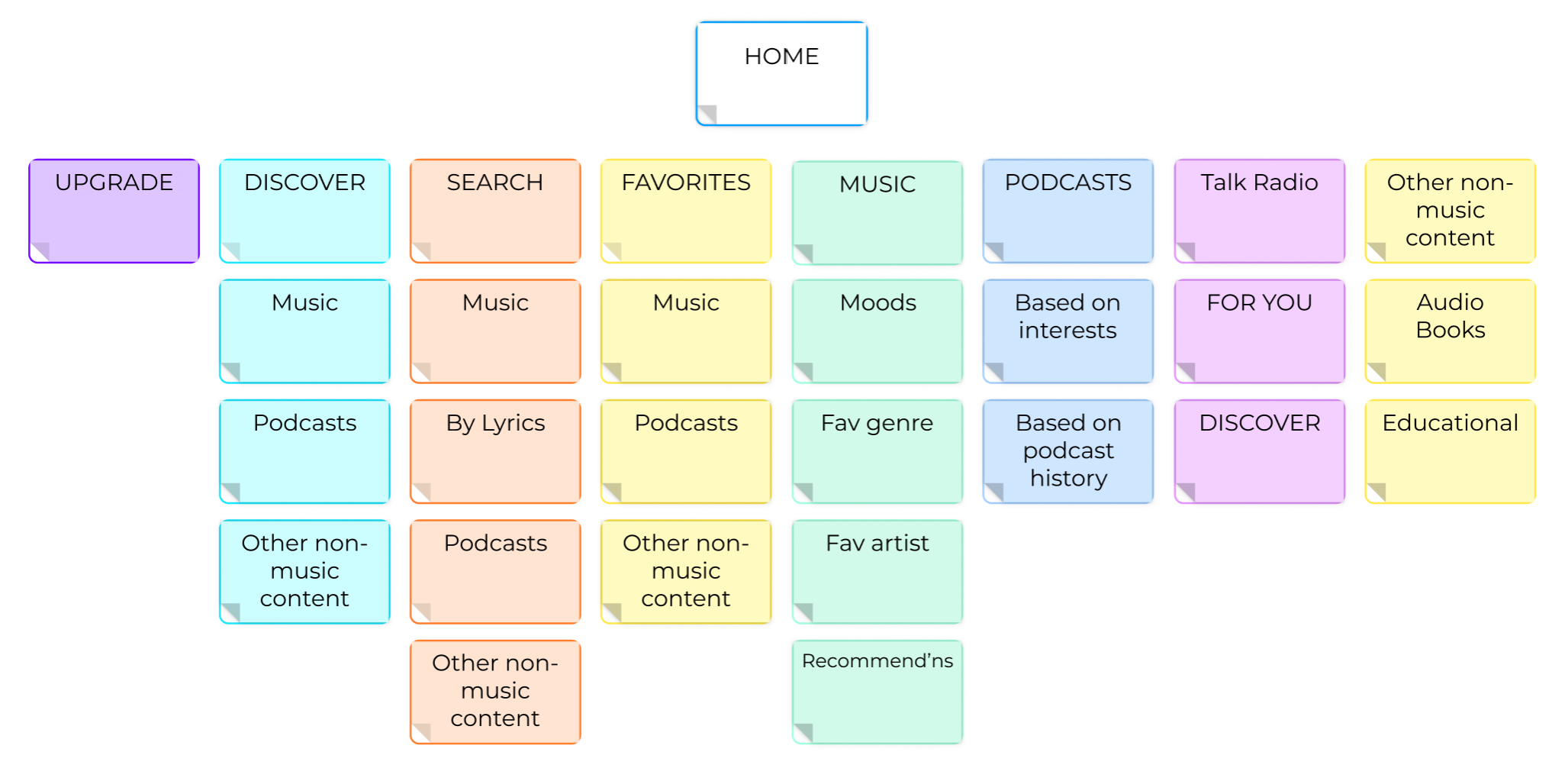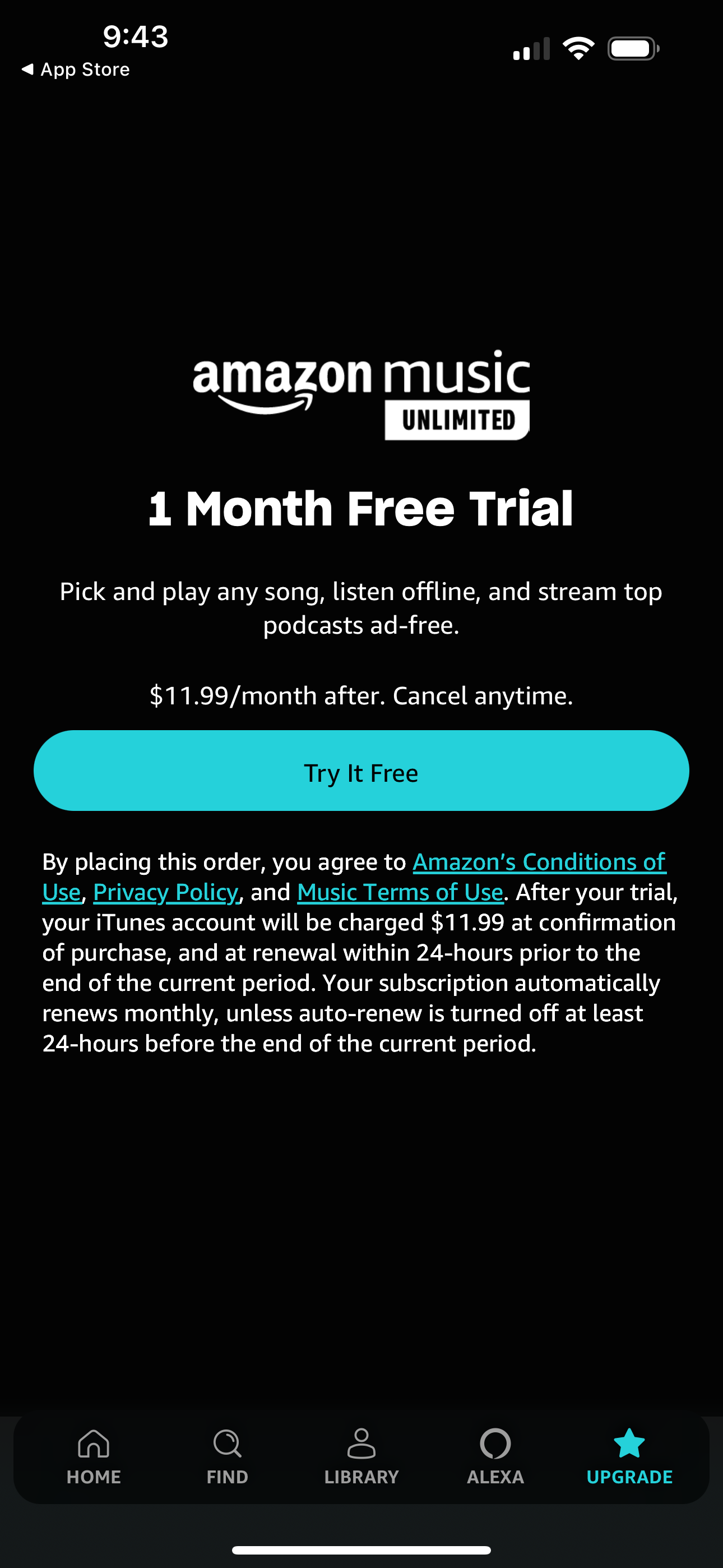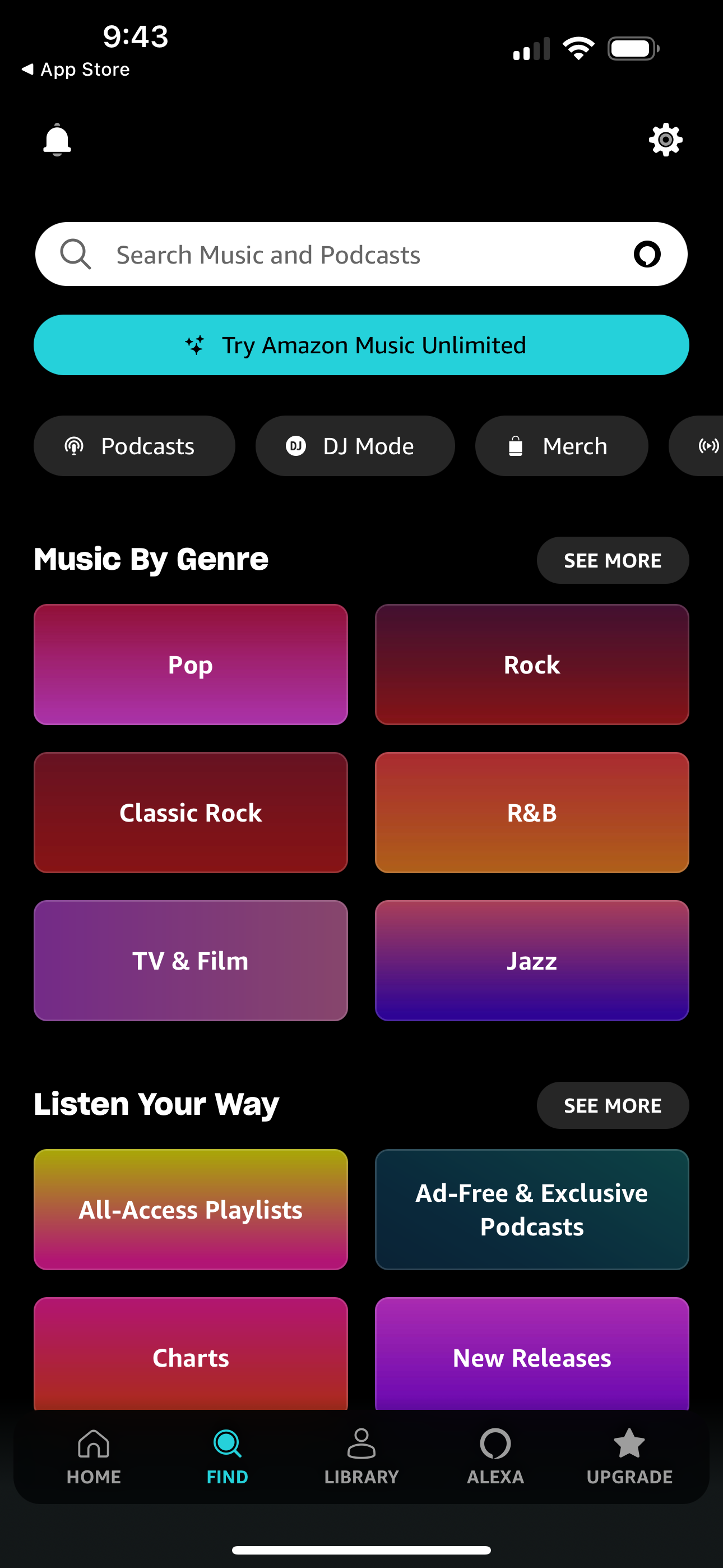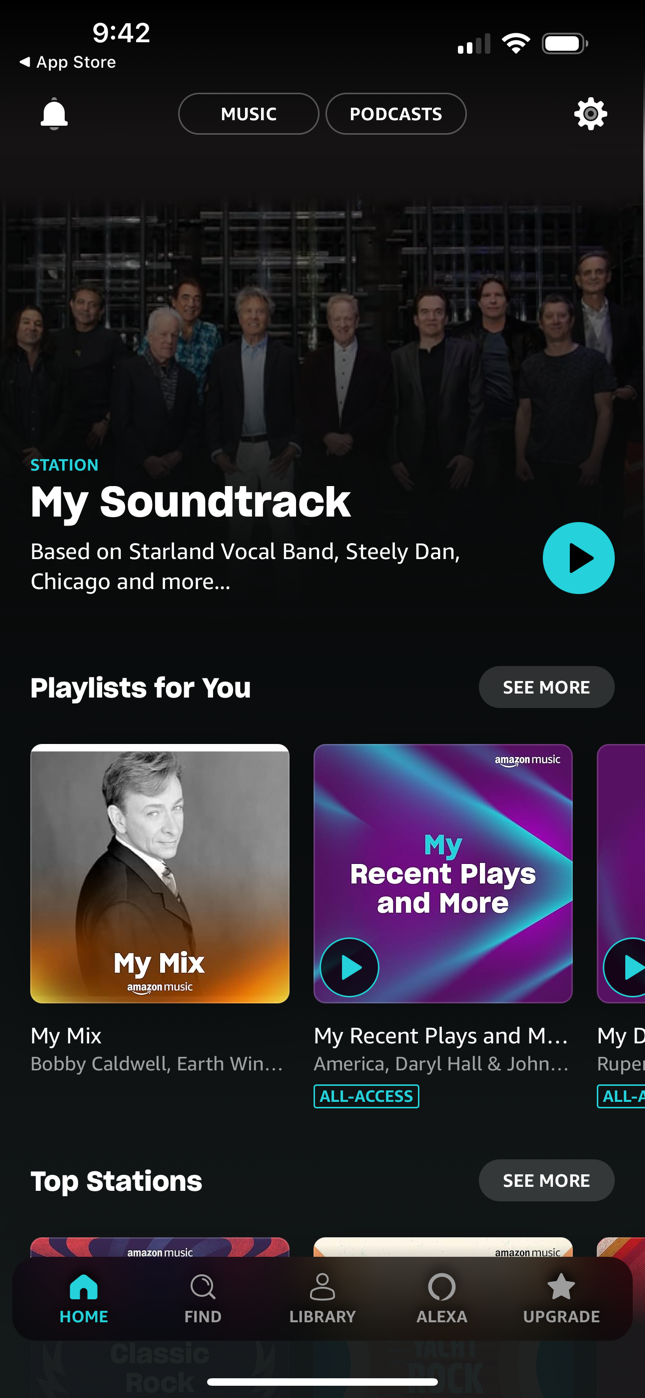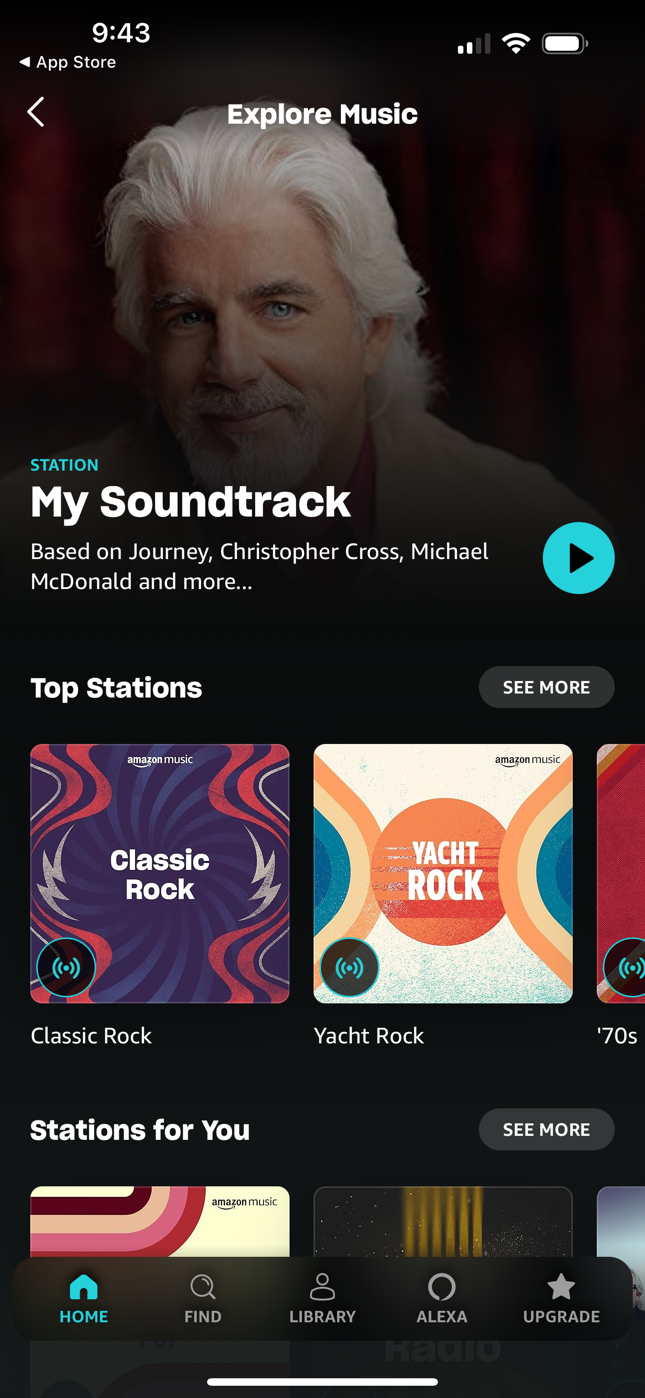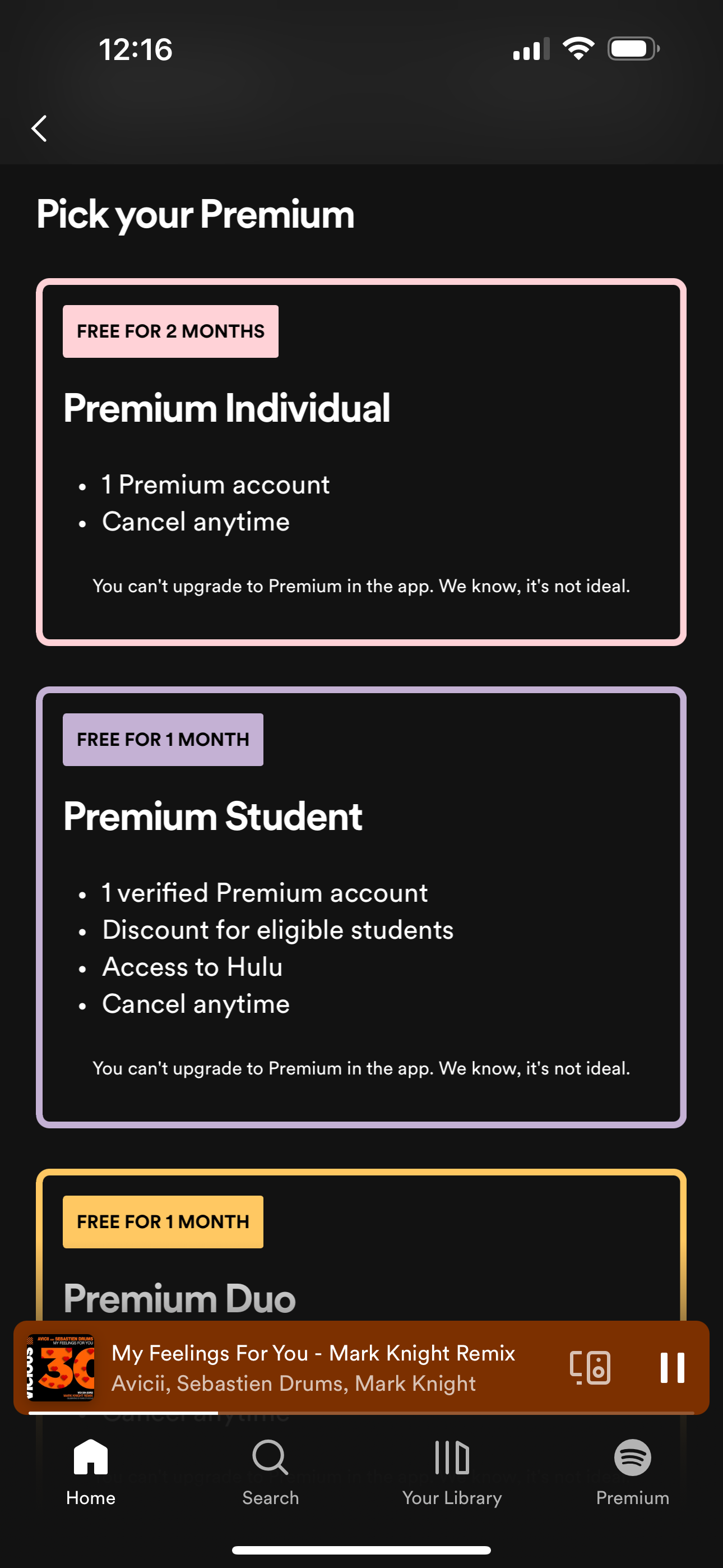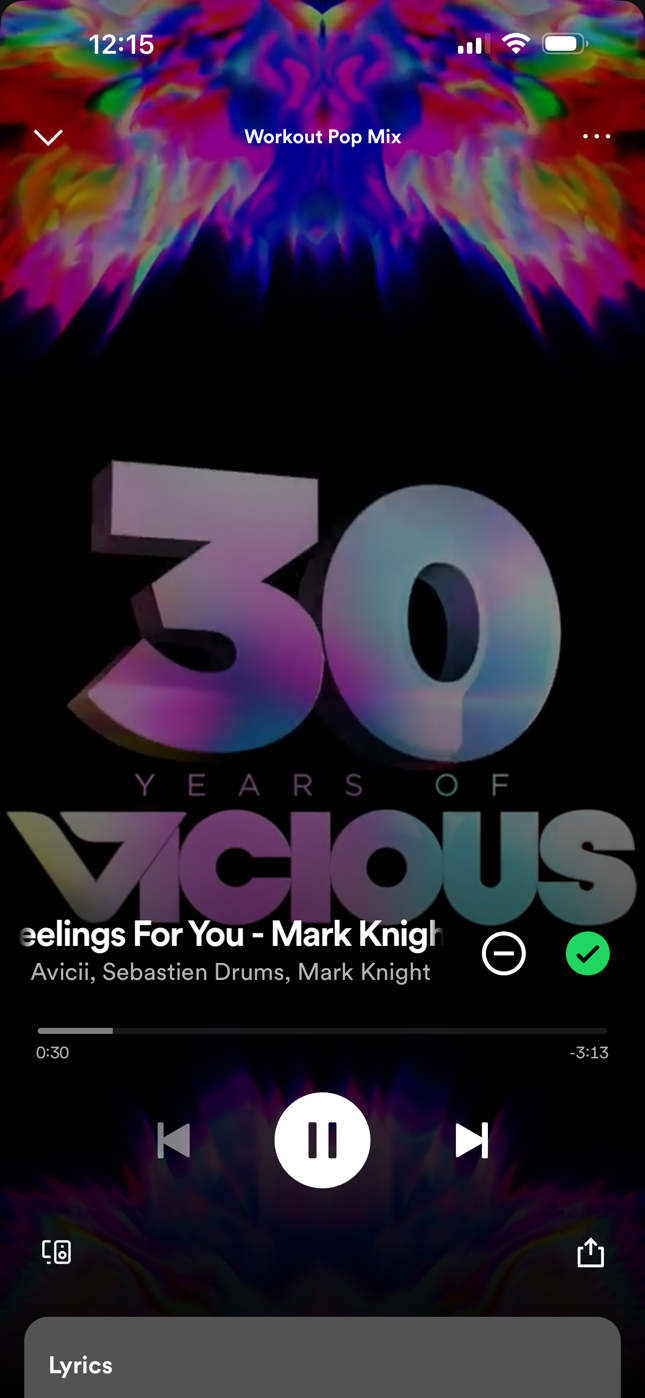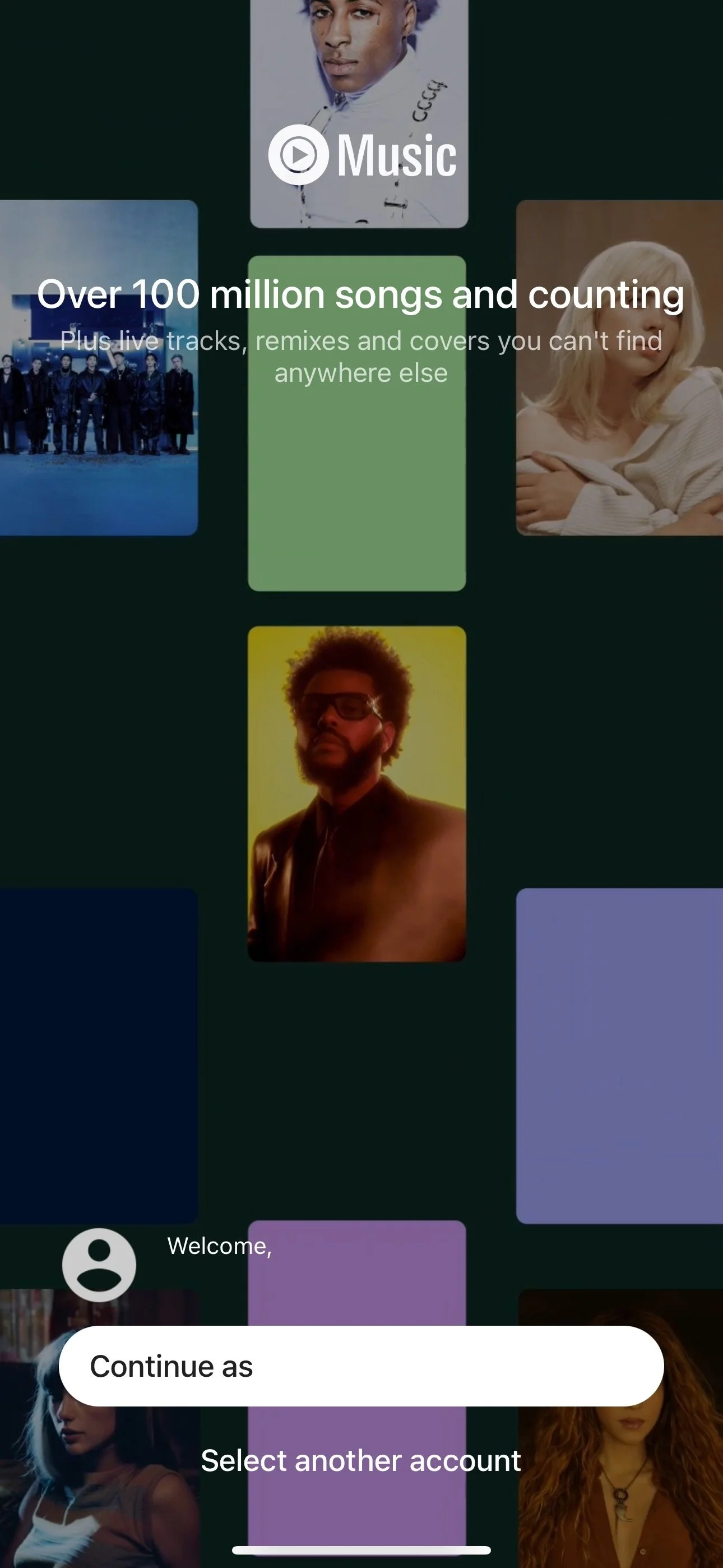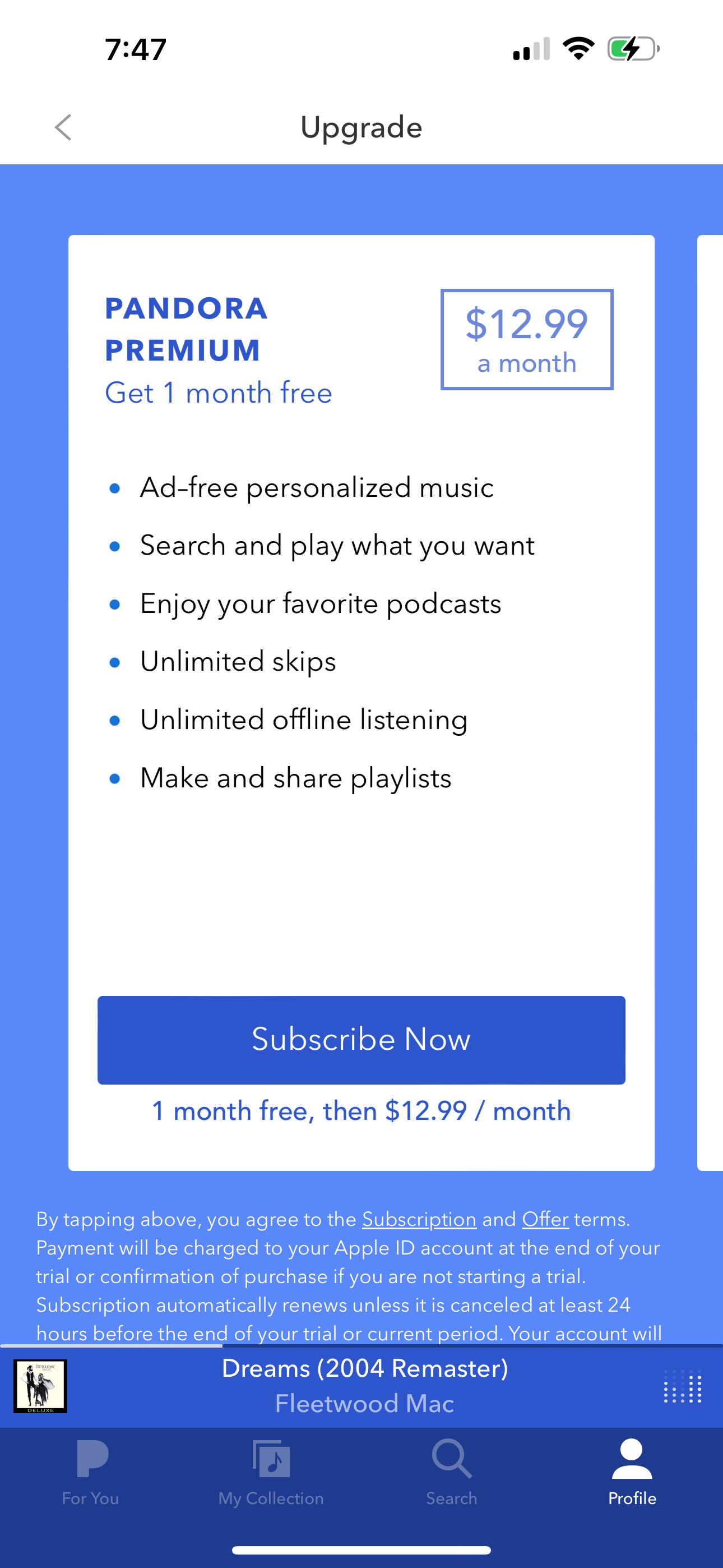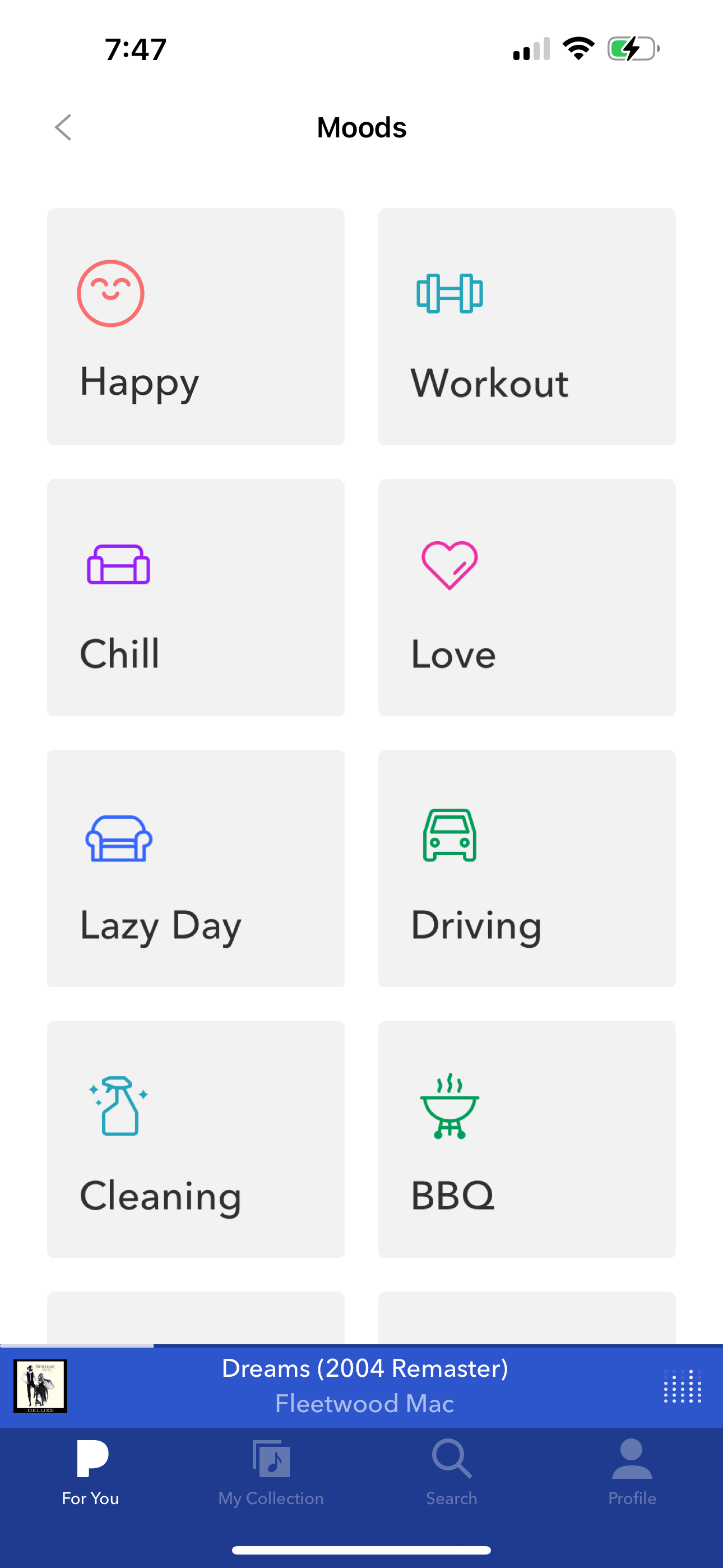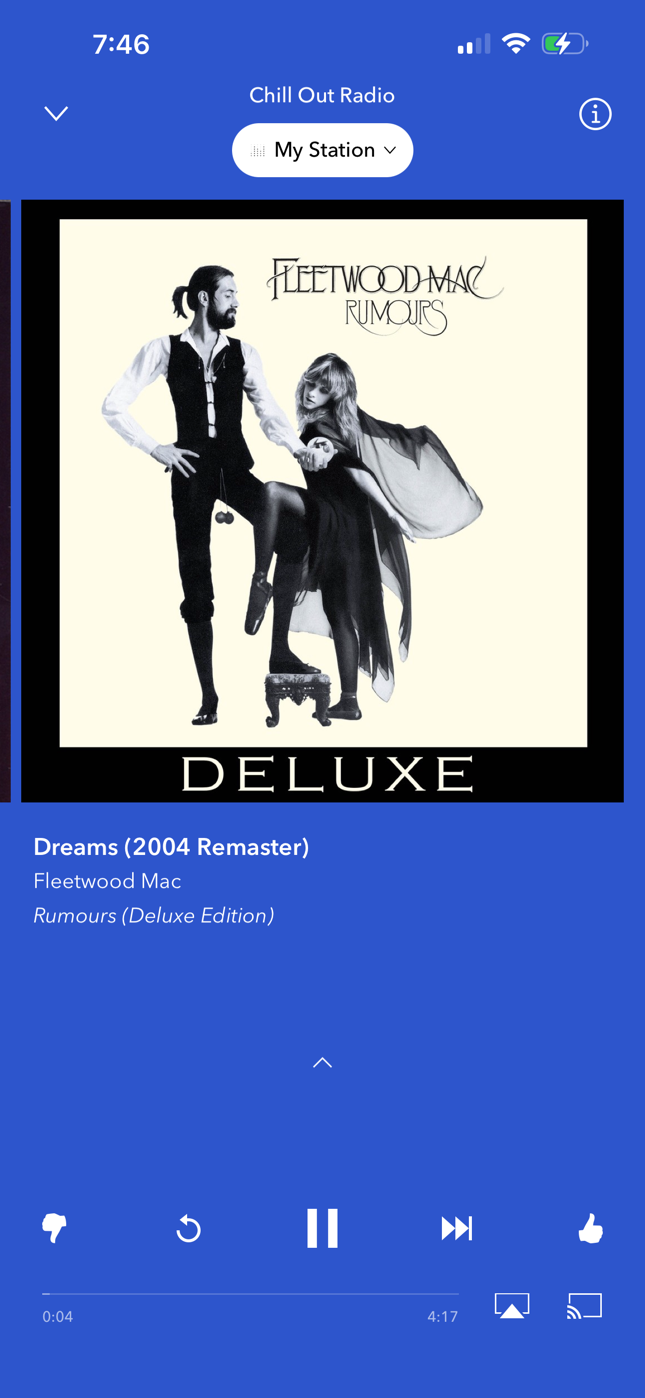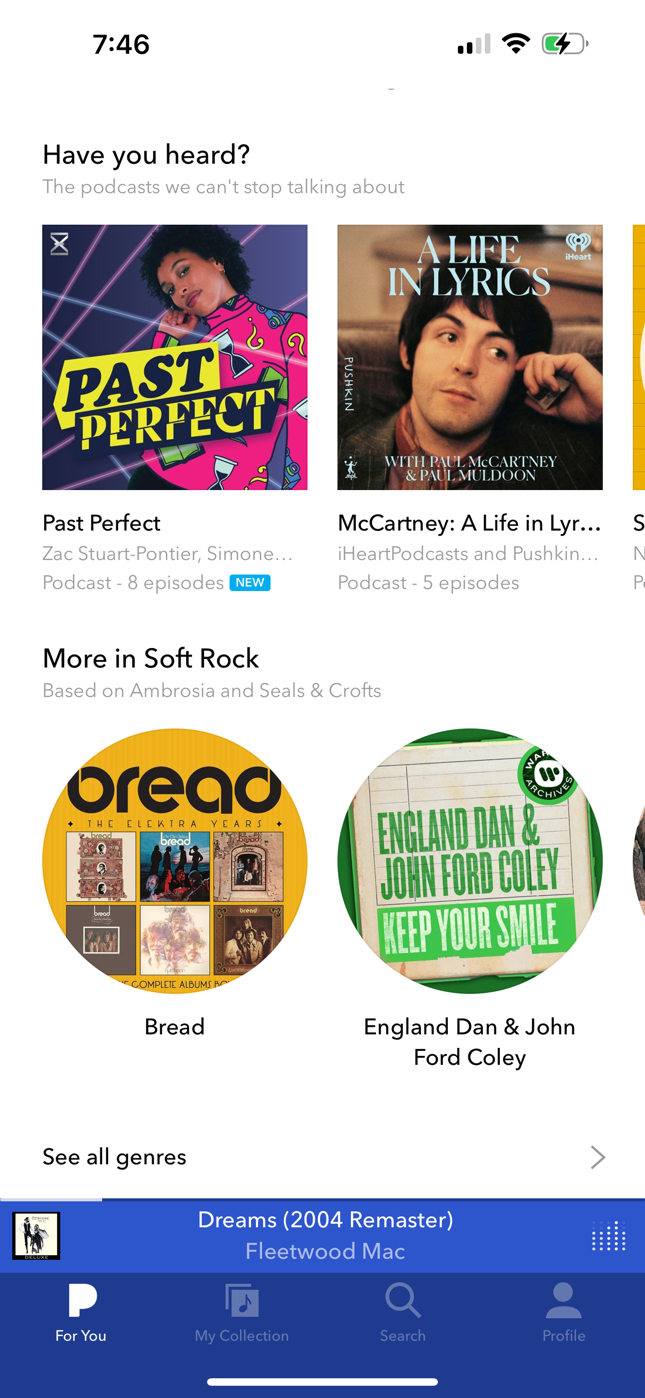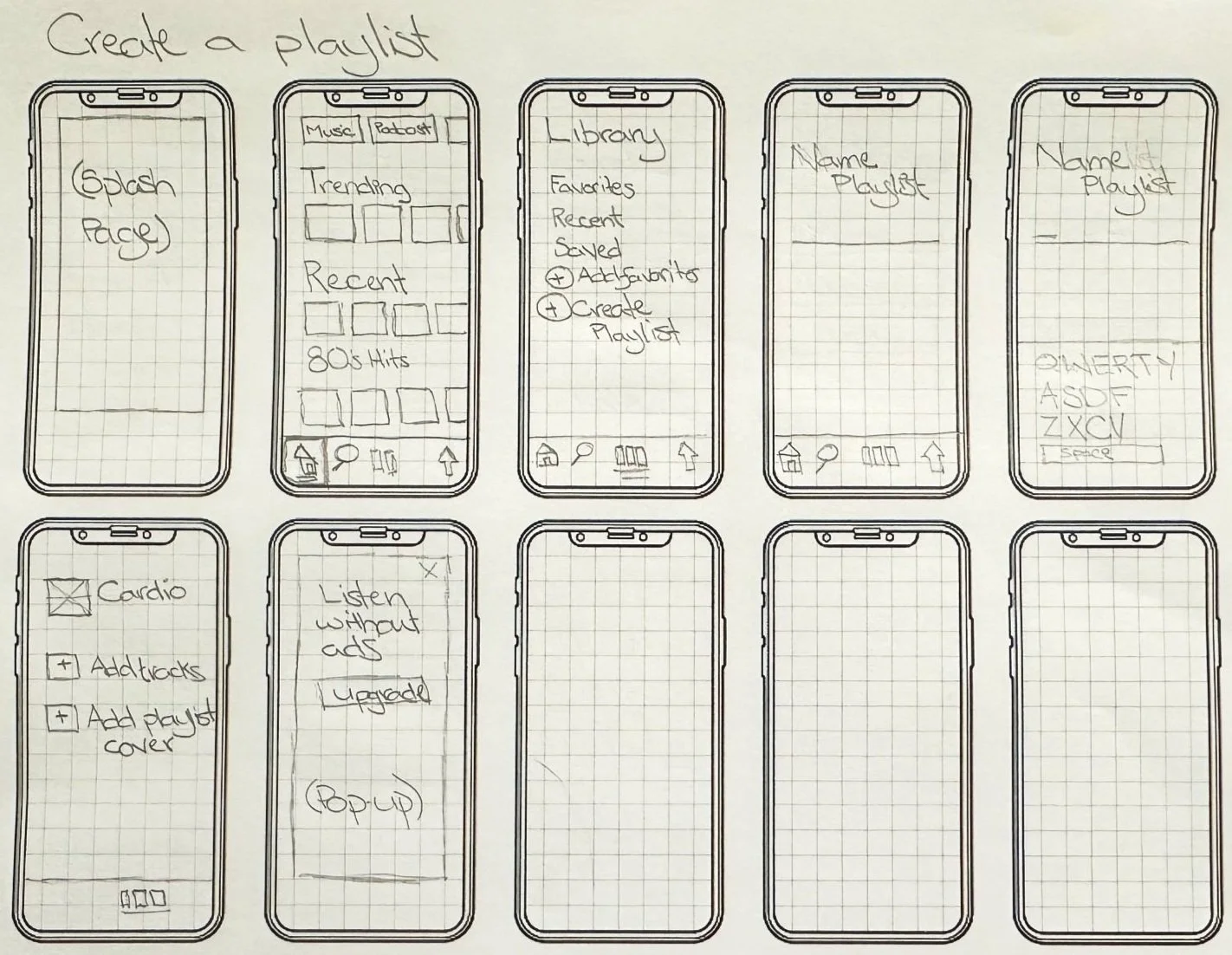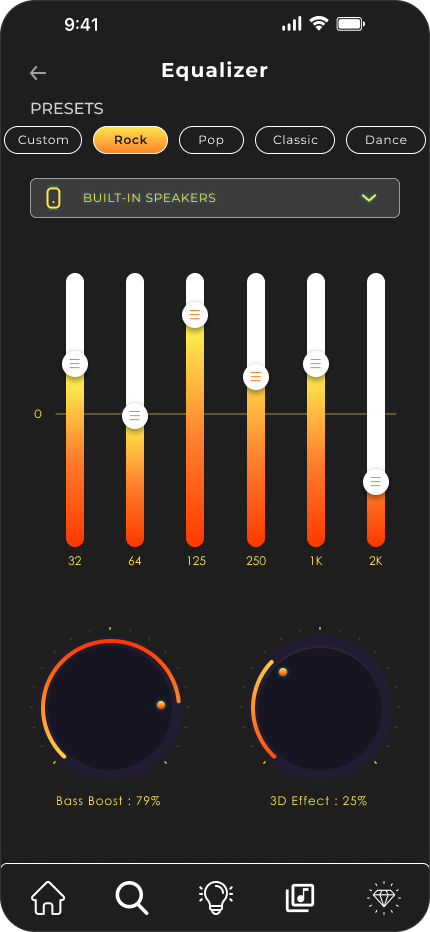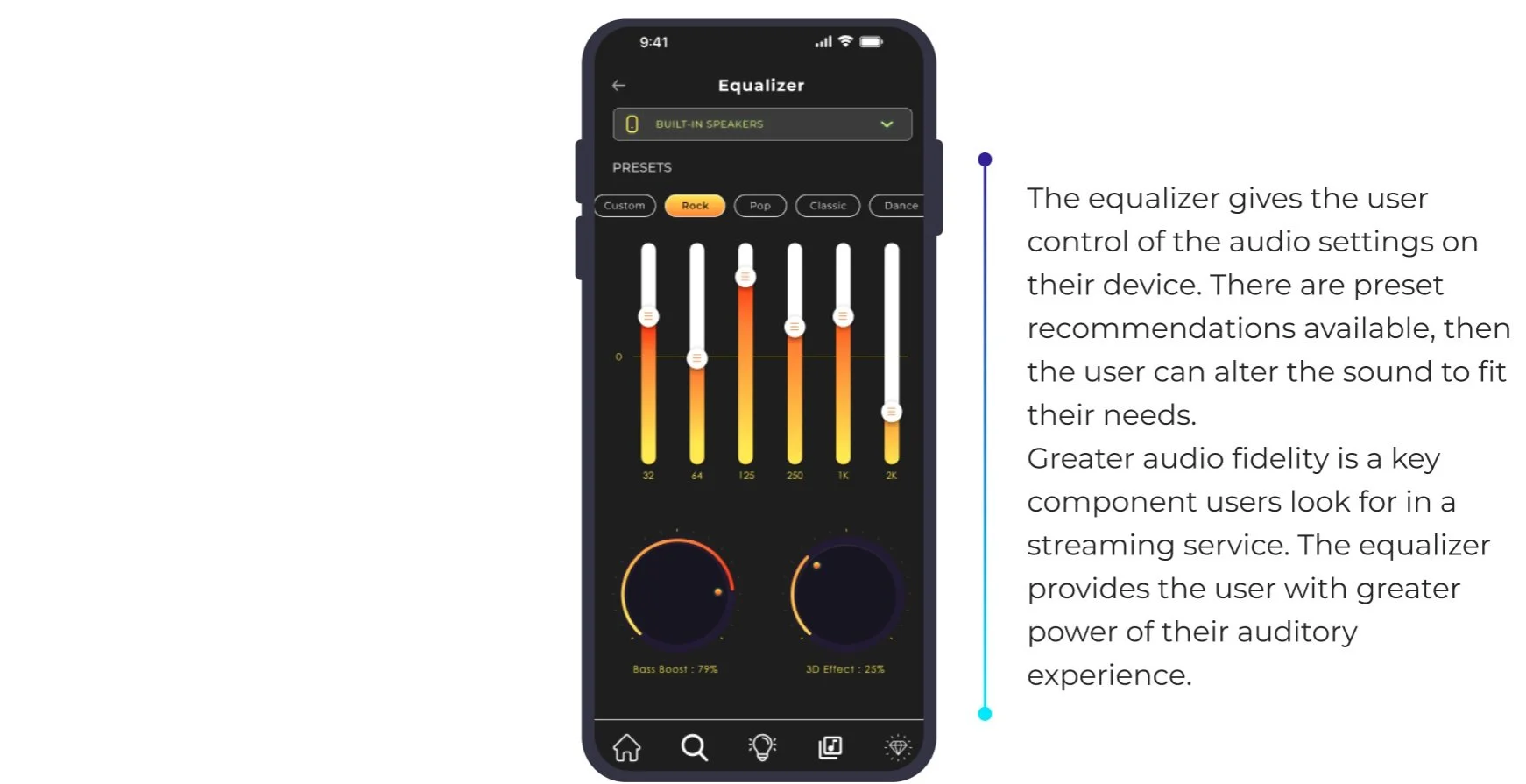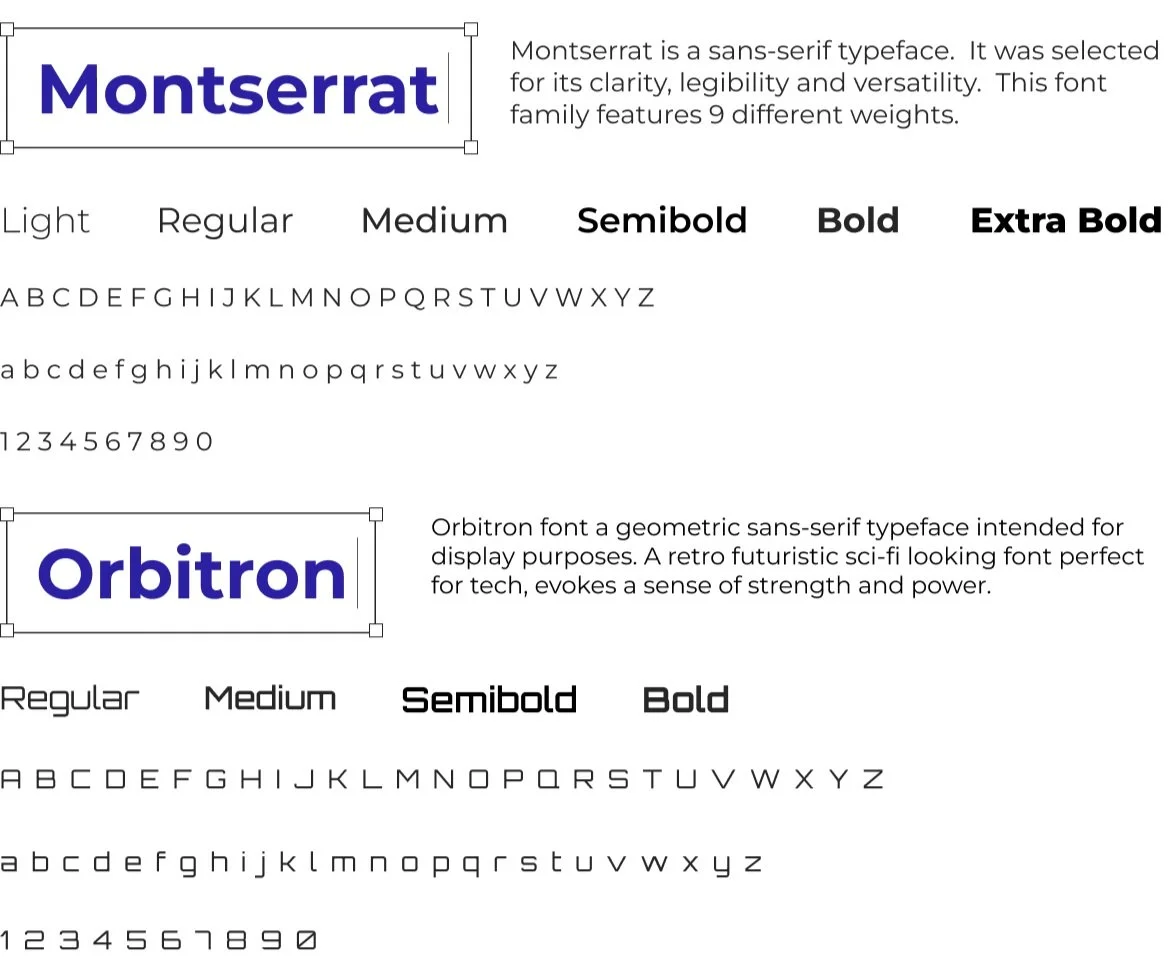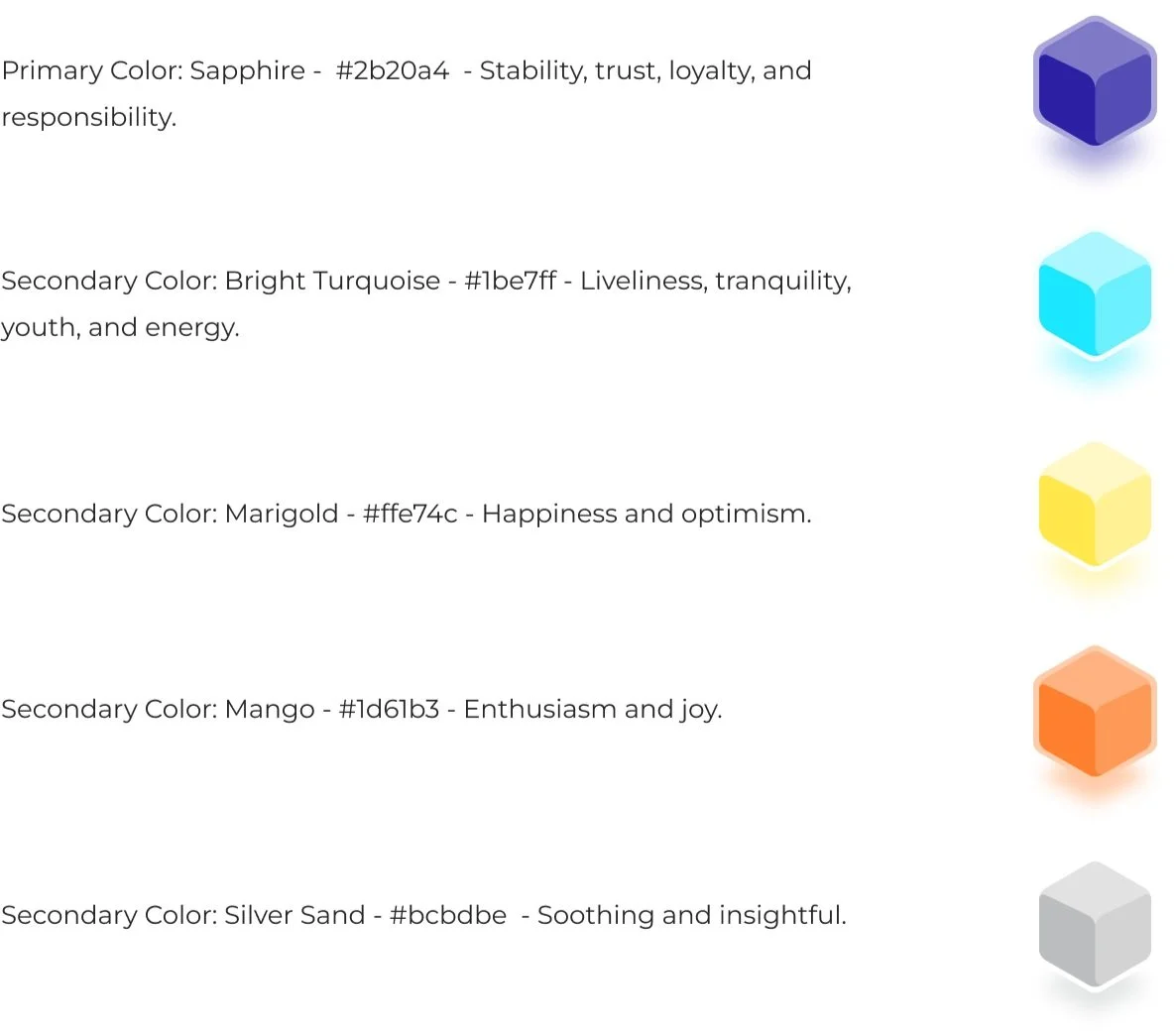Problem Statement
A startup company launched a freemium media product two years ago. The company has built a healthy user base with their freemium business model, and they are now introducing a premium (paid) product. The company needs to create opportunities to upgrade to premium during onboarding as well as in the user experience. The company wants to create a premium experience that compels users to upgrade to the premium product thus driving a profitable revenue stream.
Responsibilities
As lead designer, I participated in all phases of the design process from user interviews and competitive research through ideation, design and testing.
Product Users
The target user is a tech savvy, budget conscious 18 - 24 year old whose life revolves around their smart phone.
Secondary Research
Streaming Services
In recent years, the streaming media sector has experienced significant growth, with an annual increase of 70-80 million subscribers. By 2030, the global recorded music industry is projected to exceed $50 billion in revenue, fueled by an estimated 1.2 billion paying streaming subscribers globally. These figures may be conservative if not taking into consideration the impact of video streaming services.
The Freemium Business Model
The freemium business model offers significant advantages to startup companies, providing them with the opportunity to enhance brand recognition and expand their customer base at a minimal cost. However, one of the key challenges of adopting a freemium model is determining how to monetize the product effectively without alienating users. To address this challenge, companies should gather usage data from their customer base to understand user behavior and preferences, allowing them to refine their product offerings. This data will also assist the company in devising the optimal strategy for monetizing their product. It is crucial for companies to strike a balance by providing enough incentives to encourage users to upgrade to paid services without diminishing the perceived value of the product.
Quantitative Research
63%
of participants surveyed value high fidelity audio and would be willing to pay more for it
57%
of participants paying for a streaming service use Spotify
47%
of participants surveyed pay for a streaming service
67%
of participants using freemium services use Spotify
User Personas
Kirstie Bethari
Keith Baird
Archetype: Non-music content listener Age: 24
Education: Bachelors, recent grad Living with her parents
Pain Points
Kirstie is anxious to enjoy the benefits of financial independence but she is working in an entry level job with a modest income.
Bio
Keith is a second year college student majoring in communications. He enjoys his classes and looks forward to spending time with friends on the weekends.
Keith loves listening to music as he walks to his classes. He is open to exploring new musicians. Keith goes to as many live concerts as he can afford. Like many college students, Keith is short on money and enjoys taking advantage of student discounts.
Archetype: Music lover Age: 20
Major: Communications Lives in campus dorms
Motivations
Wants to be the first to hear new releases from his favorite musicians.
Pain Points
Keith loves concerts but is limited by his college-student budget.
Bio
Kirstie has just graduated college and has landed her first job. She goes to the gym at least 3 times a week and enjoys time with friends on the weekend.
Kirstie is feeling her way around financial independence. She is saving money to move into an apartment with her friends, but she’s surprised how much everything costs. Kirstie listens to her freemium streaming music service when she works out, and she enjoys podcasts for those long commutes in the car.
Motivations
Become a top performer in her first job, which she just started.
Save for an apartment while going out with friends every weekend.
How might we
How might we retain our freemium user base?
How might we further innovate to remain competitive in the market?
How might we convert users to our premium membership?
How might we introduce our premium package?
How might we otherwise monetize our product?
Minimal Viable Product
Seven (7) user stories were identified for a minimal viable product (MVP).
In its simplest form, the user should be able to log in and listen to content.
Information Architecture
Creating the site map was instrumental in determining what should be included in the app and how the information should be organized.
Competitive Analysis
The music streaming market is competitive due to its growth and earning potential. To succeed, companies must identify a target audience and strategize accordingly. Streaming services should align their offerings based on what is most compelling to the chosen demographic.
Amazon Music offers a large collection of songs. It provides both a free tier with ads and a premium ad-free tier. Amazon Music pairs with Amazon Echo devices and targets a more mature audience who are looking for a convenient home-based listening experience.
Features:
Pairs with Amazon Echo
Amazon Prime members receive Amazon Music at no extra cost, and Amazon Music Unlimited at a discount
Family and student tiers available
UNLIMITED: Lossless Ultra HD audio
Amazon Music
Spotify offers a large collection of songs. It provides both a free tier with ads and a premium ad-free tier. Spotify is known for its personalized recommendations and social features. Spotify targets a wide range of users, but it is particularly popular among young adults and millennials.
Features:
AI-powered DJ
Scrolling lyrics
Non-music content (audiobooks, podcasts, etc)
PREMIUM: Hear select albums before released
Spotify
YouTube Music offers a catalog of songs from YouTube, as well as exclusive content from artists. It offers a free tier with ads, or a premium tier with ad-free listening and other features. YouTube Music is known for its music videos and live performances. YouTube Music targets a younger audience who are interested in music videos and live performances.
Features:
Available music includes cover songs and remixes
Search by lyrics
Music videos and live performances
"Music-classifying algorithm" ensures only music content makes it into its playlists
New “Samples” tab includes a personalized feed of reel-like videos to introduce you to new music
YouTube Music
Pandora is known as one of the pioneers in streaming services. It initially started as a music recommendation engine called the Music Genome Project. This recommendation algorithm remains Pandora’s greatest asset.
Pandora offers mid-tier subscription plans for listeners who want some ad-free listening but are on a budget.
Features:
Displays artist tour and ticket information
Pandora Stories: Insightful album commentary
Discovery recommendations based on likes
Pandora
Initial iterations included three (3) flows identified as red routes; create an account, subscribe to a podcast, and create a playlist.
Sketches
AB usability testing provided insight into user expectations, and resulted in amendments to the way users were instructed on subsequent tests.
Wireframes
Usability Testing
It is important to note that there are a number of ways to accomplish each task. If users tend to use one method more frequently then that route should be clear and intuitive. There is no wrong way to perform the tasks, but they should all have a relatively similar route, and always the same outcome.
Usability testing provides an opportunity to see how users perceive the design, and allows the designer to see the interface from a user’s perspective. Some amendments are done strictly based on aesthetics while others improve the user experience.
The artist home page needed color, even in the case where their landing page image was not a black album cover. A colorful image welcomes the user to the artist page. The artist summary provided before is still available, the user will just select the three (3) dots next to the artist name to see this detail and other artist information.
Before
After
Images with titles on top of them were amended with a darker overlay to improve the WCAG accessibility rating.
Before
After
Once viewed on a prototype, it was clear that some components needed more padding. The amendments improved readability and usability.
Before
After
Major Screens
User Home Page
Lyrics Screen
Equalizer
Name and logo:
Logo font: vinylcast, vibes font, lower case, letter spacing at 14%.
vinylcast, is a name created using two (2) words, vinyl and cast.
vinyl: vin-yl. synthetic resin used as the standard material for records.
cast: kast. transmitting or sending audio or video from one device to another.
Style Guide
Typography
Color Palette
Screens
-

Sign up splash
-

Vinylcast Login
-

Alternative Splash
-

Equalizer
-

Led Zeppelin Lyrics
-
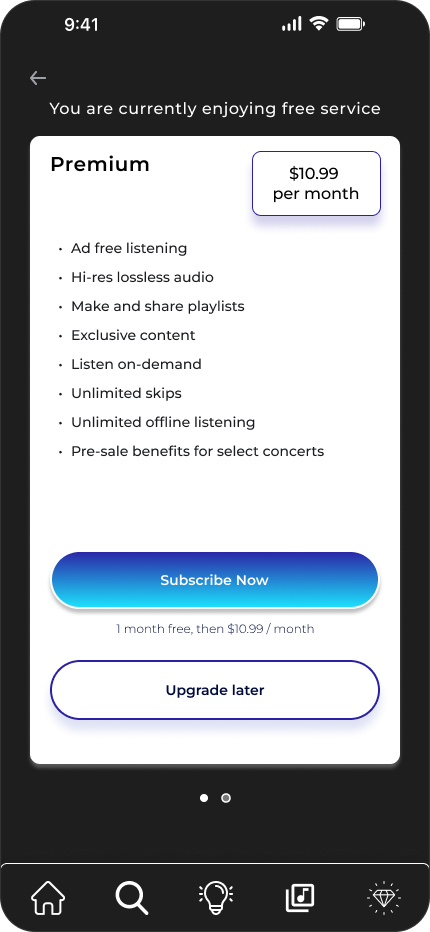
Subscription Offer
-

Led Zeppelin Artist Page
-

Journey Artist Page
-

Podcast Page
Looking Ahead
Technology has revolutionized how we consume music and video. Fast internet speeds has made streaming possible, and it is popular among today’s users who are accustomed to receiving instant gratification to digital entertainment.
In recent years, there has been substantial growth in streaming services. However, the market remains open, offering significant earning opportunities. The companies poised to gain the most are those capable of identifying and captivating a niche consumer base. Achieving success hinges on their ability to develop the best overall user experience.







